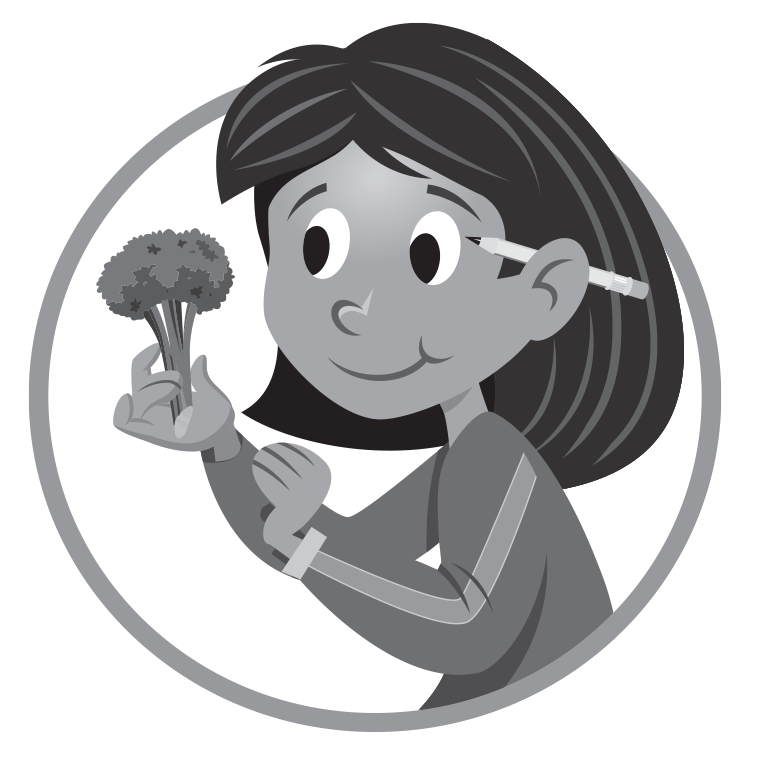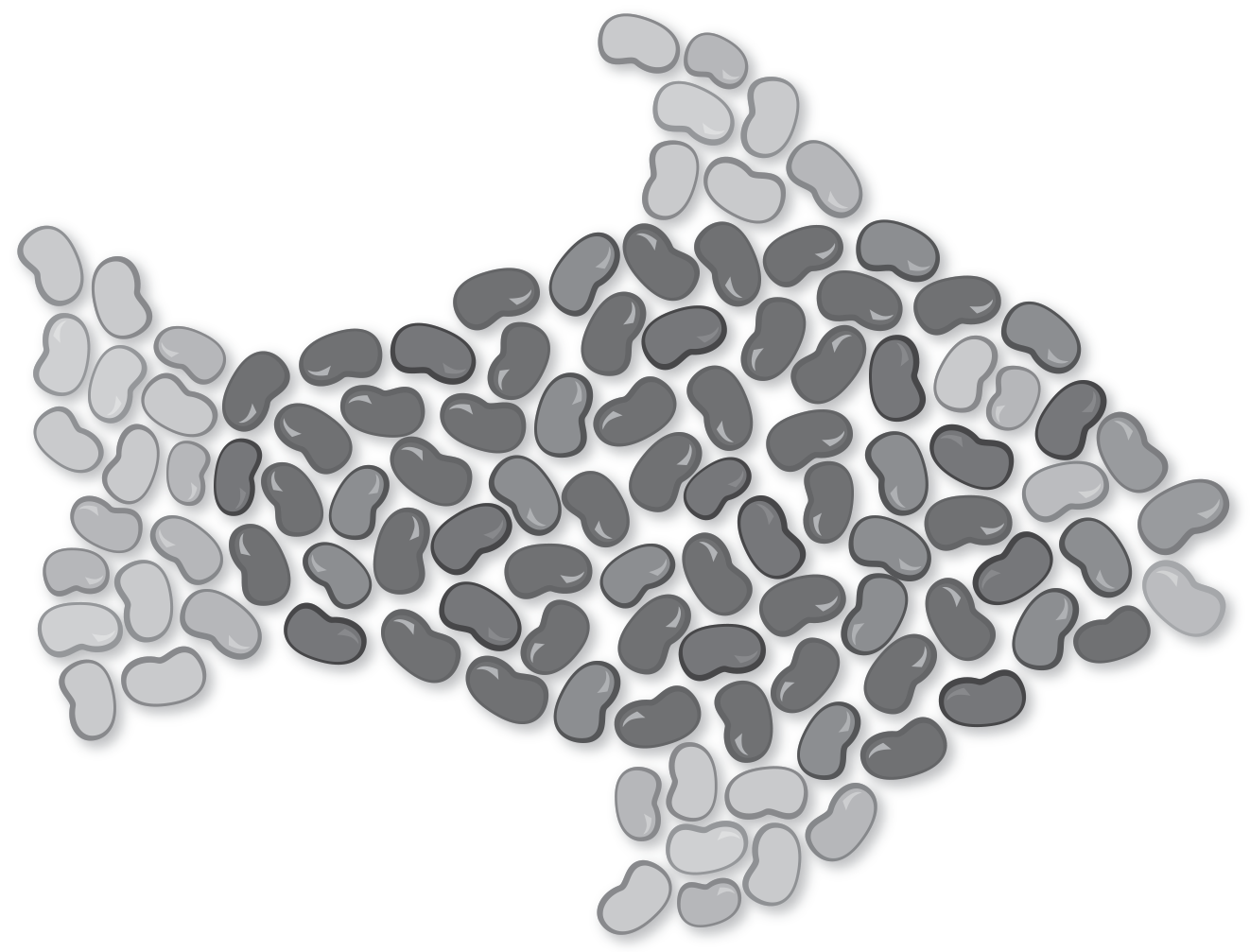This lesson is part of a series called, Edible Plant Parts. These lessons allow students and teachers to examine the six basic plant parts—roots, stems, leaves, flowers, fruits, and seeds—in a unique way. Through hands-on activities, students will learn about the different plant parts, as well as how to include fruits and vegetables into their daily meals as part of a healthy diet. Students will also learn about agriculture and the people who produce our food. The remaining lessons can be found at the following links:
Seeds are important to the life of a plant because they allow for growth and reproduction. However, student's experience for eating fruits and vegetables that contain seeds would be required to help them gain an understanding of their various uses. Seeds are an important part of the agricultural plant production process because farmers plant seeds for most crops in the spring such as wheat, corn, and oats. These seeds germinate or sprout and then grow throughout the summer with the correct amount of moisture, sunlight and soil. In the fall the mature plant produces grain, a cultivated seed harvested for food such as wheat, soybeans, rice, oats and corn. These seeds are used in a variety of ways depending on the crop in addition to being used as food for livestock animals and humans.
Plants produce seeds so their species will continue to exist in nature. The seeds are the storehouse for the beginning of a plant because it supplies the plant with needed nutrients to grow. Each seed contains a tiny plant embryo with one or two cotyledons or seed leafs, which supply the seed with energy and materials for growth until the young plant grows its first true leaves. At this stage it will make food for itself through a process called photosynthesis while using water, carbon dioxide, and sunlight. Without seeds, humans would not have essential products such as food, fiber, fuel, and by-products.
Seeds provide nourishment to people all over the world. Corn, oats, rice, and wheat seeds are known as cereal grains and are part of the grains food group. Whole grains are an important source of dietary fiber, which is important for proper bowel function and may lower the risk for heart disease and obesity. Grains are also a source of B vitamins, which help the body release energy from the food that we eat.
Edible seeds, known as legumes, include peanuts, peas, and beans. Other edible seeds include nuts, such as walnuts, almonds, pistachios, and pecans. These nuts have protein and are part of the protein food group. Proteins are an important part of our diet because they serve as building blocks for muscle, cartilage, bones, blood, and skin.
Livestock producers that raise animals for meat consumption such as beef cattle, chickens, turkeys, and hogs often use feed grains such as corn and soybean meal for the base of their animal feed. These grains provide the animal with a high-protein diet needed for growth. The major feed grains in the United States include corn, sorghum, barley, and oats. Corn accounts for more than 95% of total feed grain production and use.

